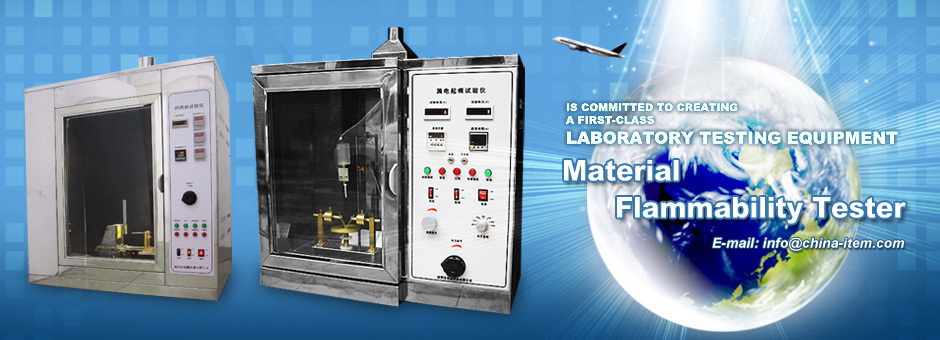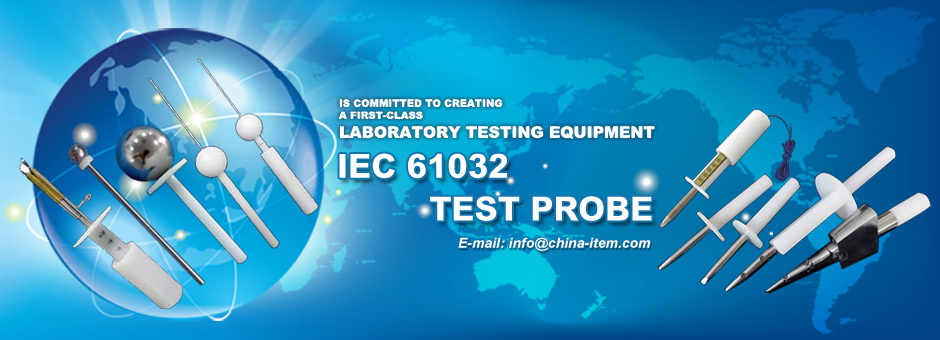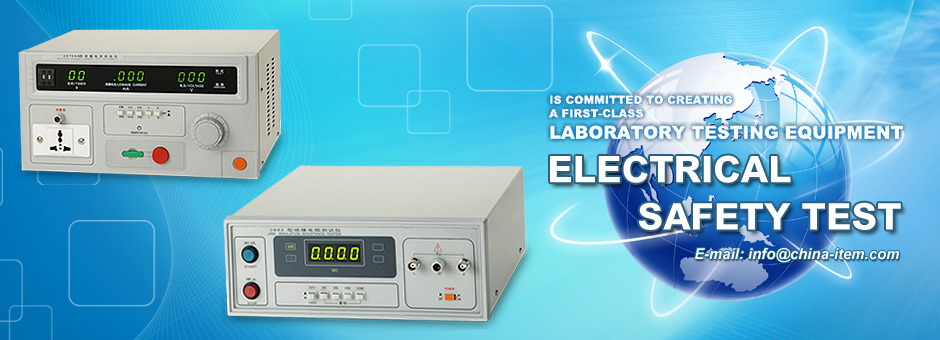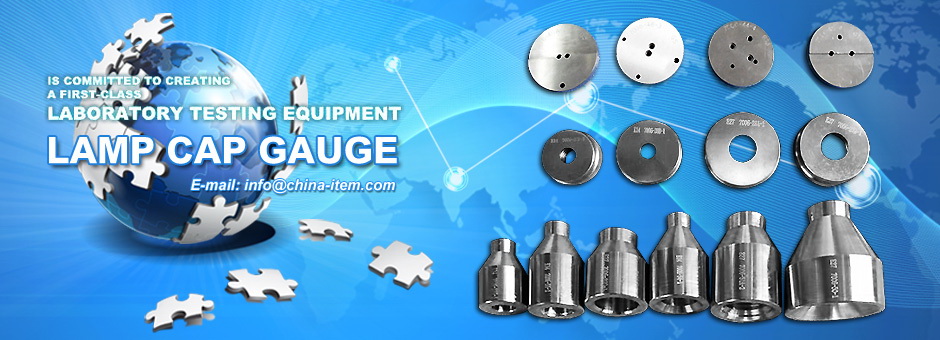contact us
products
- Main Products
- IEC Test Probe
- UL Test Probe
- Material Flammability Tester
- IP Code Tester
- Impact Test Apparatus
- Security Testing Machine
- Lamp Cap Gauge Tester
- Lampholders Gauge Tester
- Plug & Socket Tester
- Electrical Safety Tester
- LED Test Instruments
- Environmental Test Equipment
- Instrument Accessories
- Weighing Sensor
- Others Testing Equipment
technical articles
Company News
A tensometer is a device used to determine a material's response to varying strains, called loads. The amount of stretch that a material has when it is under strain provides important information about the material’s tensile strength and fatigue strength. Tensometer devices are routinely used in the manufacturing industry to ensure that parts meet necessary strength and endurance requirements.
Tensometer devices consist of two grips that hold a section of test material in place. These grips are then used to apply a tensile or compression force, called a load, to the test piece. Tensometer instruments can create the force through the use of either a screw or a hydraulic ram, which are powered by mechanical or electrical means.
Sealed chambers can be used to house a tensometer. This configuration allows for the testing of a material’s strain characteristics under specific temperatures and pressures. This is critical for testing metals used in aircraft and submarines, which can experience drastic changes in atmospheric pressure. Chambers are also useful for testing materials that will be exposed to high temperature ranges.
Accurate results from tensometer devices depend upon the quality of the test piece. Any defect that is created during the cutting process can skew test results and lead to premature failure under strain. Even the tiniest surface inconsistency can rapidly enlarge and spread under strain, leading to early fractures and metal fatigue. This is the same process that causes poorly produced rivets and metal sheeting to fatigue and fail on aircraft when repeatedly exposed to the stresses of atmospheric pressure.
Results produced by tensometer instruments provide load as a function of extension. From this data, along with the cross-sectional area of the test piece, a stress-strain curve can be plotted. This curve is unique for every material and provides key measures. These measures include the material’s elastic limit, proportionality limit, yield strength and ultimate strength.
Tensometers enable engineers to determine the Young’s modulus for the material being tested. Young’s modulus represents the initial linear slope of a material’s stress-strain curve, defined as the tensile strength divided by the tensile strain. The tensile strength is determined by dividing the force applied by the cross-sectional area of the test piece. Tensile strain represents the amount of stretch produced, divided by the original length of the test piece. Materials exposed to a force within Young’s modulus, the initial linear portion of the stress-strain curve, will return to their original condition after the load is removed.
The point at which a material’s stress-strain line begins to curve represents the material’s elastic limit. Strain caused by loads greater than this limit will result in permanent deformation of the material, preventing it from returning to its original condition when the load is removed. The maximum force, or strain, absorbed by the material represents its ultimate strength. This might or might not be equal to the material’s fracture strength.


































